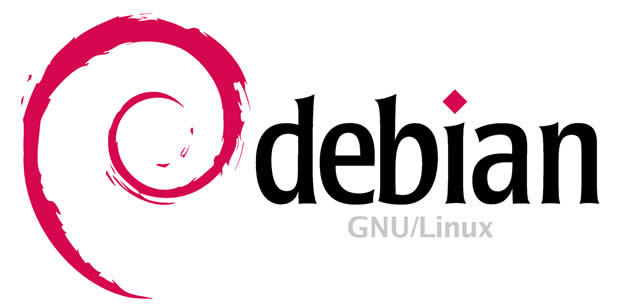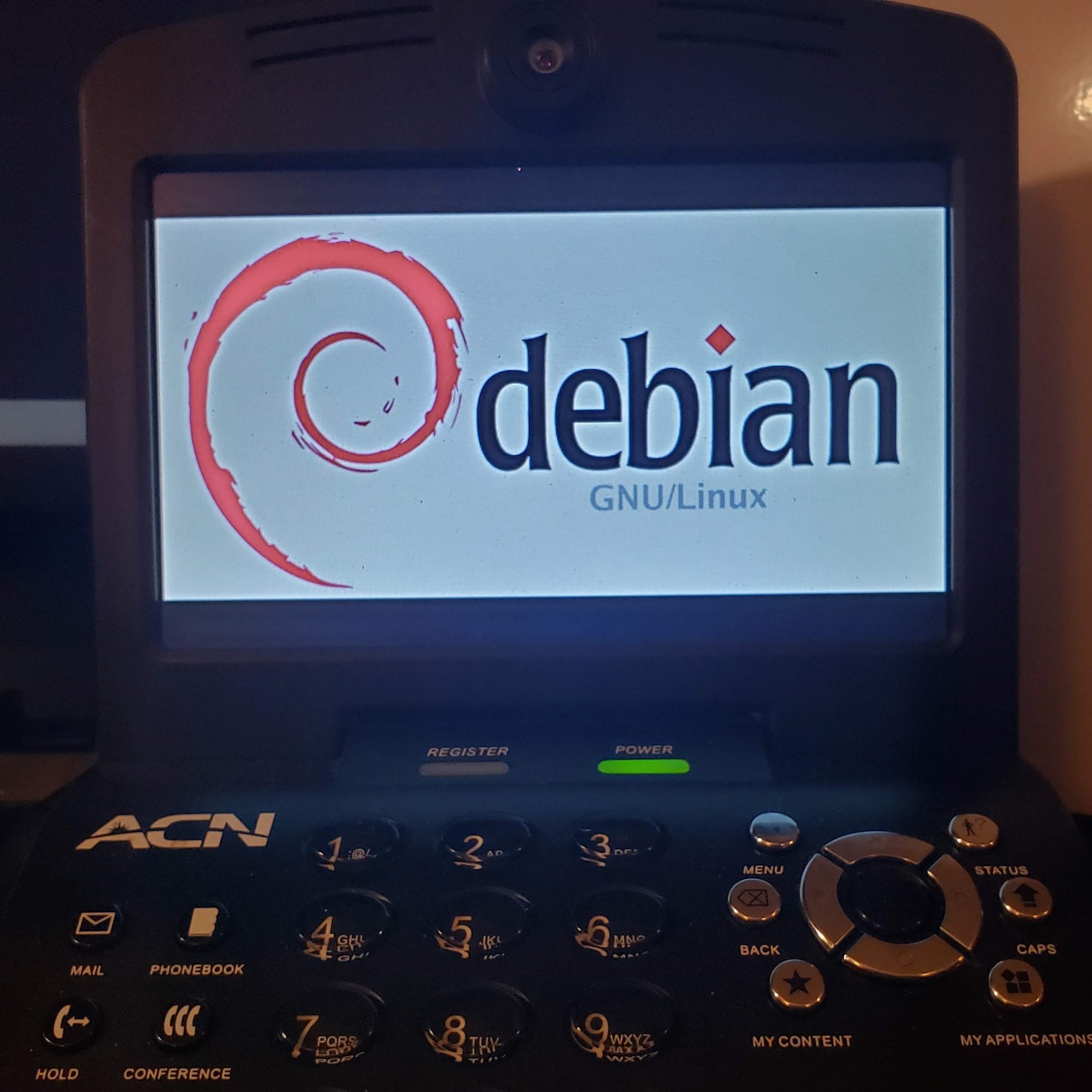[Continued from previous log entry]
Once APT was configured, I was now able to download and install software to the phone. At this point the phone was basically a low end but fully functional Linux computer and I could pretty much do whatever I wanted, with the exception of a few limitations. I wanted to start off small though and then work my way up to installing more advanced software.
The first thing that I wanted to install was something that could display a picture on the phones LCD display. I decided to use a program called "fbi" (framebuffer imageviewer) to do that. This program has nothing to do with the actual FBI so don't let the name fool you. It just simply display's images on the framebuffer device (/dev/fb0).
Displaying Images Using fbi
To download and install fbi I issue the following command:
apt-get install fbi
This will also install additional dependencies that are needed for the program to work. The installation will only use about 31.1 MB's of disk space so it's pretty small.
Once fbi is installed I needed to obtain an image to display on the screen. So changed my directory to /home/user/ (the location that I use for things that I download), and then used wget to download an image of the of the Debian logo to the phone (Pictured below).

wget --no-check-certificate https://wiki.videolan.org/images/Debian-logo.jpg
*The argument --no-check-certificate is be used because Debian Squeeze has an older version of Open SSL and therefore dose not support https. I will get into updating Open SSL for Debian Squeeze in a future log entry.
Once the image is downloaded, fbi could then be used to display it to the phones LCD. To try and do that I issued the following command:
fbi -d /dev/fb0 ./Debian-logo.jpg
Using what I assumed were the correct command arguments, I got an error message (Pictured below).

Doing a little bit of research, I found that fbi needs access to a TTY to display an image. So I re-issued the command with an additional argument (-T 1) to give it access to /dev/tty1.
fbi -d /dev/fb0 -T 1 ./Debian-logo.jpg
This time I got a different error message (Pictured below).

Noticing this, I realized that I did not add tty1 to /dev/. So just as I did in one of my previous log entries about accessing the phones hardware, I used the following mknod command to do that.
mknod /dev/tty1 c 4 1
After doing that, I issued the fbi command again and was able to successfully display the image to the phones LCD (Pictured below).

Now that I had the ability to display images on the phone, I wanted to see what else I could do. So I decided to begin experimenting with more advanced software that can be run on the device including DOOM, which I will cover in a future log entry.
[To be continued in next log entry...]
 The Sycorax
The Sycorax
Discussions
Become a Hackaday.io Member
Create an account to leave a comment. Already have an account? Log In.